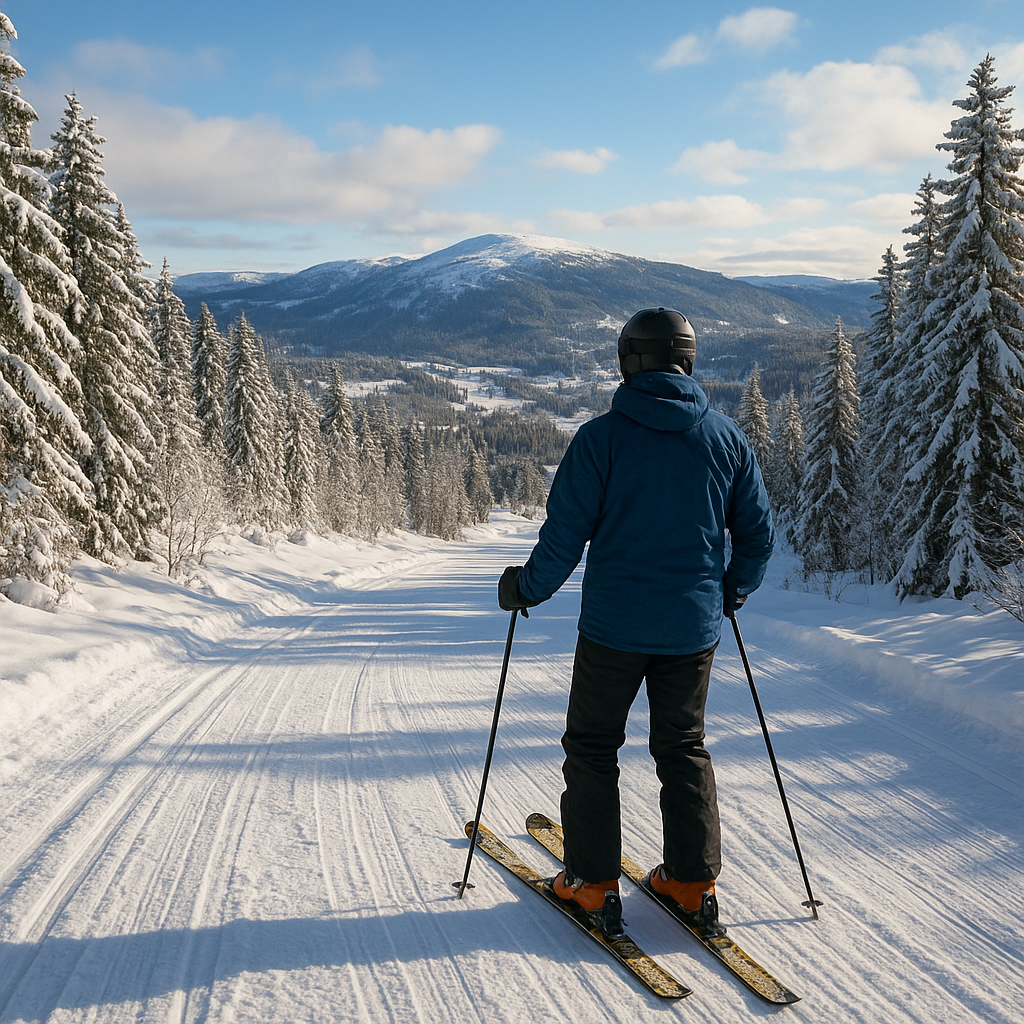
The appeal of winter sports extends far beyond the thrill of the slope or the satisfaction of a well-executed glide. Across snow-blanketed valleys and frozen lakes, athletes and enthusiasts alike chase the feeling of freedom that only the cold, crisp air can provide. From the adrenaline rush of downhill runs to the methodical calm of precision shooting, the winter season transforms landscapes into arenas of challenge, joy, and communal celebration.
Origins and Evolution of Winter Sports
The roots of modern winter sports can be traced to ancient survival techniques, when early humans strapped skids of bone or wood to their feet to traverse deep snow. Over centuries, these pragmatic tools evolved into specialized equipment designed for speed, control, and style. By the 19th century, organized competitions began to appear in the snow-rich regions of Scandinavia, the Alps, and North America.
As transportation and manufacturing advanced, so did the art of ski making. Innovations in equipment—such as steel edges and laminated wood—transformed simple wooden planks into aerodynamic marvels. The 20th century saw the birth of major gatherings like the Winter Olympics, which codified rules and standardized competitive formats. Today, winter sports continue to innovate, combining tradition with cutting-edge materials and biomechanics research to help athletes push the limits of speed and agility.
Alpine Skiing: Techniques and Gear
Mastering the Mountain
Alpine skiing remains one of the most popular and visually stunning winter sports. Riders navigate groomed pistes and off-piste terrain at breakneck speeds, carving precise turns with knees bent and weight centered. Key elements of proper form include an aggressive forward stance, controlled edging, and balanced pressure distribution between both skis. Novices often begin with snowplow turns before progressing to parallel carving on steeper slopes.
High-Tech Equipment
- Ski Boots: Tailored to individual foot shape and flex requirements.
- Bindings: Engineered for quick release and optimal power transfer.
- Skis: Varied by discipline—slalom, giant slalom, super-G, downhill.
- Poles: Lightweight alloys or carbon fiber for precise rhythm.
- Protective Gear: Helmets, back protectors, and padded clothing.
Manufacturers continually refine materials—utilizing techniques like carbon stringers, fiberglass layering, and specialized base waxes—to deliver gear that is lighter, stronger, and more responsive. Proper maintenance, including sharpening and waxing, is essential for both performance and safety.
Cross-Country Skiing and National Identity in Norway
Few nations embrace cross-country skiing with as much fervor as Norway. Here, long treks over frozen tundra and forested tracks are not only a test of stamina but an expression of cultural heritage. Villages maintain extensive trail networks, often illuminated at night, allowing skiers to glide under starlight. Local clubs host community races where participants, young and old, gather to compete in a spirit of camaraderie.
The discipline demands exceptional endurance and technical precision. Athletes train year-round, engaging in roller-ski circuits and strength conditioning to build cardiovascular resilience. Wax selection becomes an art form, as grip and glide waxes must be meticulously matched to snow temperature and humidity. For Norwegians, cross-country skiing is more than a sport—it is a bond that interweaves families, schools, and entire municipalities.
Snowboarding and Freestyle Innovation
The Rise of Snowboarding Culture
Emerging in the 1960s and ’70s, snowboarding challenged traditional winter sport norms by blending surf and skateboarding styles with alpine landscapes. Once banned at many resorts, it eventually won recognition for its unique approach to gravity and motion. Today’s snowboarders launch off jumps, spin tricks in half-pipes, and carve through powder with equal parts aggression and grace.
Freestyle Events and Judging Criteria
- Half-Pipe: Athletes gain amplitude to perform spins, flips, and grabs.
- Slopestyle: Features rails, boxes, and jumps requiring creativity and flow.
- Big Air: A single, massive jump where technical difficulty is paramount.
- Boardercross: Head-to-head races on a track with berms and obstacles.
Judges evaluate execution, amplitude, difficulty, and overall impression, pushing riders to innovate with ever more complex rotations and transitions. The use of video replay and advanced scoring algorithms has further refined the fairness and transparency of results.
Biathlon: A Fusion of Speed and Precision
Biathlon uniquely combines the aerobic intensity of cross-country skiing with the steely focus of rifle shooting. Athletes ski loops ranging from 2.5 to 4 kilometers, then stop at a shooting range to hit five targets at 50 meters. Missed shots incur either a penalty loop or added time, making the balance between heart rate control and marksmanship critical.
Training for biathlon involves both high-volume endurance work and skilled shooting practice under fatigue. Competitors use specialized small-bore rifles with precise sights and custom triggers. The transition from frenzied skiing to calm, measured breathing exemplifies the blend of physical prowess and mental discipline that defines this sport.
Winter Sports Tourism and Sustainability
The economic impact of winter sports reaches far beyond elite competitions. Resorts, lodges, and local businesses thrive on seasonal visitors seeking recreation and relaxation. Recreational winter tourism can revitalize remote mountain communities, providing jobs in hospitality, guiding, equipment rental, and snow grooming.
However, climate change poses a significant threat. Unpredictable snowfall and rising temperatures force some resorts to invest heavily in artificial snowmaking—at considerable energy and water costs. To address these challenges, industry leaders and governments are exploring sustainable practices:
- Renewable Energy: Solar, wind, and micro-hydropower to run lifts and snowmaking.
- Eco-Friendly Lodging: Green building materials and energy-efficient heating.
- Trail Management: Minimizing deforestation and protecting fragile alpine ecosystems.
- Community Engagement: Educating tourists on low-impact travel and wildlife preservation.
By integrating conservation efforts with modern resort operations, stakeholders aim to ensure that future generations can continue to carve turns, launch jumps, and ski across frozen fields under clear, crisp skies.

